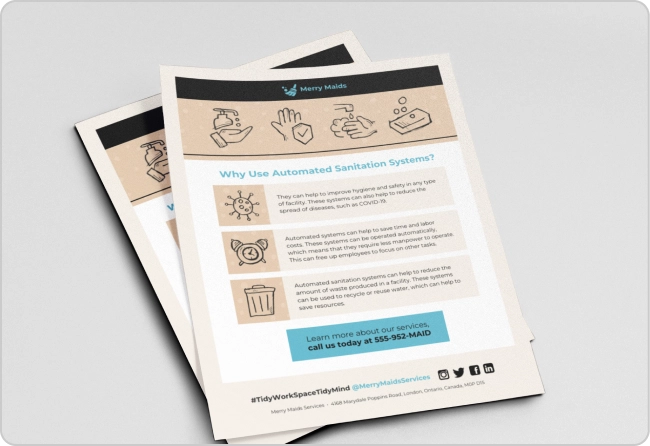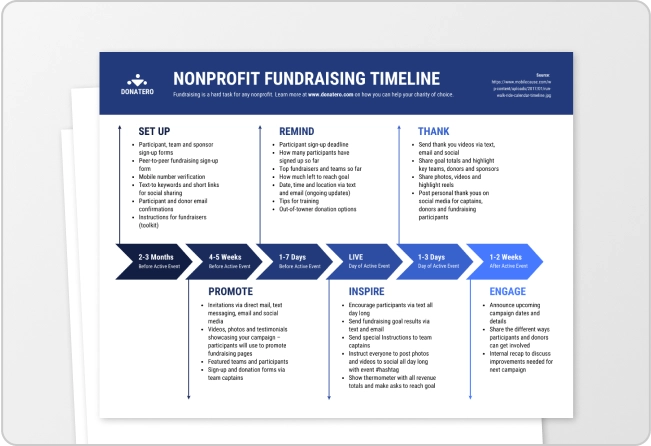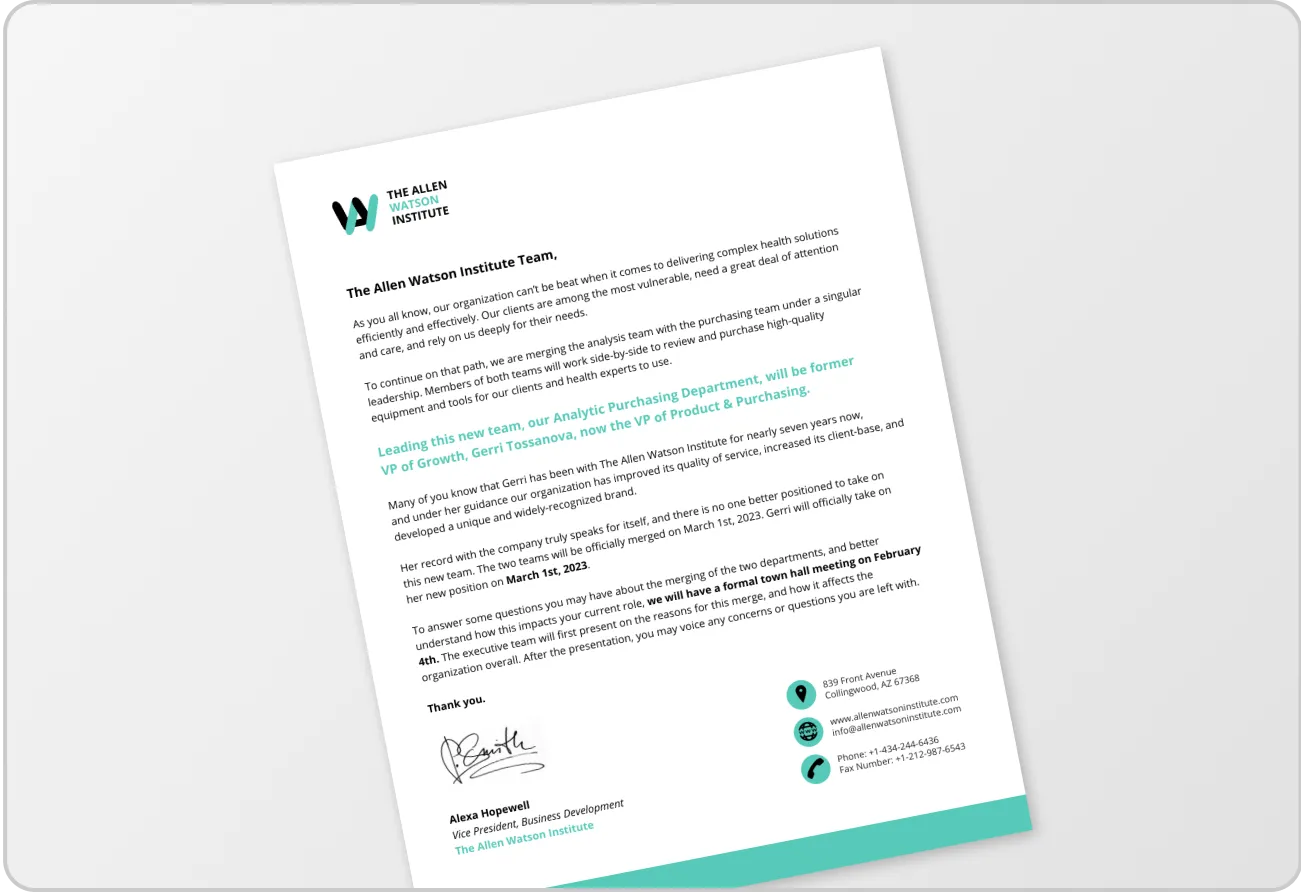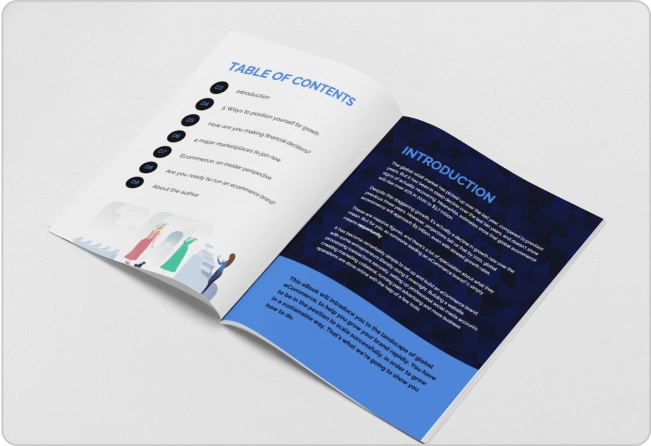
Have you ever wished there were more than 24 hours in a day? I know I have. Imagine all the work and goals we could achieve.
But unless the planet moves, we have to learn to be efficient within 24 hours.
The good news is that it’s possible. Ask any high-achiever their secret time management hack and you’ll get the same answer. It’s about setting goals, prioritizing tasks, and having a daily plan.
But mastering time management doesn’t happen overnight. You need a system. In this post, I’ll share 7 time management tips that’ll help you create a goal-crushing schedule. To get started, use our Schedule Maker or schedule templates.
Click to jump ahead:
- 1. Identify time wasters
- 2. Set goals
- 3. Create a daily plan
- 4. Time block
- 5. Learn to say no
- 6. Minimize distractions
- 7. Review and update
- Conclusion
- FAQs
1. Identify your current time sucks
This may seem counterintuitive but the first step is to determine if you have poor time management skills.
It’s easy to tell. Are you missing too many deadlines or feeling overwhelmed by your task(s) or goal? Generally, most people end up in such situations because they multitask and/or waste time checking emails or messages too often.
Several research studies show that people who multitask have decreased productivity.
It’s not surprising either. When we switch between tasks, there’s a cognitive cost. Our brains need time to switch focus which slows us down.
Frequent checking of messages is also a big time drain. It may seem you’re being productive by responding to an email or message, but again there’s a switching cost.
Not sure how to identify your time sucks?
The best approach is to track your time for a set period (one week at least). Log every activity throughout your day to spot patterns of inefficiency. You can do this using a Windows time tracker or a time tracking template.
Here’s a great personal weekly time tracking template you can use to do this:
2. Set goals and priorities
The golden rule of time management is that not every task should be of equal value. You should give more weight to the most challenging tasks first.
Let’s understand this through an example. Pretend you’re a project manager for a tech company who has to launch a new product within six months. How would you go about it?
Would you get to work straight away and hope everything works out? Hopefully not.
You need to break the project into smaller, manageable tasks. Ideally, you’d identify key milestones such as product development, testing, and marketing.
The same principle is true if you want to better manage your time better.
But how do you prioritize? One method is to use an Eisenhower matrix (named after the former President). It allows you to categorize tasks and activities based on urgency and importance.
Here’s what it looks like:
The Eisenhower matrix helps you identify your most urgent tasks. How? In the matrix, you have to grade a task in one of the following four categories:
- Urgent and important (tasks you will do immediately)
- Important, but not urgent (tasks you will schedule to do later)
- Urgent, but not important (tasks you will delegate or work on later)
- Neither urgent, nor important (tasks that you will eliminate)
Coming back to our tech project example, you might setting smaller subgoals. These might include tasks like finalize design, code product, test, and create a marketing plan.
And you might prioritize each in the Eisenhower matrix as follows:
- Finalize design and code product – Urgent and important
- Conducting testing – Important, but not urgent
- Create a marketing plan – Initially not urgent, but urgent and important as the launch date approaches
Here’s another Eisenhower matrix template you can customize:
Extra Tip: Once you’ve prioritized tasks, why not create a visual reminder of what you need to do? How? With an infographic!
There are several infographic types, but a timeline infographic will be your best friend here. With a timeline infographic, you can easily monitor progress and stay on track.
Here’s a great example of a timeline template you can use to set and track goals:

Don’t know how to create an infographic like this? Don’t sweat it! Venngage’s Infographic Maker helps you visualize goals and increase your productivity.
And the best part? Venngage is easy to use and completely FREE. Sign up for a Venngage account to get access to our drag-and-drop editor tool and templates. including timeline templates.
You can download and print timelines (Premium and Business plan only) or share a link to them free.
Note: Some of our timeline templates are free to use and some require a small monthly fee. Sign-up is always free, as is access to Venngage’s online drag-and-drop editor.
If you don’t want a timeline, you can also use a Kanban board!
You can also get creative! For example, you can create a cool and visually appealing time management tips infographic like in this example:
Check out our other blogs to learn more about infographics:
- What is an Infographic? Examples, Templates & Design Tips
- How to Make an Infographic in 5 Easy Steps — Fast (2024 Guide)
- What Are the 9 Types of Infographics? (+Infographic Templates)
3. Create a daily plan of tasks
Setting specific goals and prioritizing tasks is necessary for effective time management. However, if you leave it at that, you’ll still lack direction and/or struggle to make progress.
Why? Because goals and priorities tell you the end goal but not how to achieve it.
The solution? A to do list or a daily planner. This will help you break down a challenging task or goal into manageable steps.
They also allow you to be flexible and adapt to unexpected changes.
There are no shortage of time management tools that can help you create a daily planner, but Venngage is the best platform when you don’t have time to create something from scratch.
4. Implement the time blocking method
Elon Musk fans will love this next time management tip.
Though he didn’t invent time blocking, Elon certainly made it mainstream and is the reason he’s been able to run multiple successful companies like Tesla and SpaceX.
Elon schedules his day in five-minute blocks to maximize efficiency. Essentially, he gives himself 5 minutes to a single task like meetings, answering emails, and eating meals.
But you don’t have to be that extreme. The goal of time blocking is to divide your day in blocks of time that work for you.
Ideally, you should schedule one task at a time to prevent getting sidetracked.
Here’s a great template you can use to time block. Feel free to change the blocks to your preference (it’s quick and convenient with Venngage).
Here’s some benefits of time blocking:
- Improved focus
Time blocking helps you concentrate on a single task during a designated time period.
- Maximize efficiency
By allocating specific time slots to each task, you will procrastinate or multitask less.
- Creates a system of accountability
Time blocking holds you responsible by giving you a framework on what to do and when.
If you feel time blocking is too challenging, you can test out alternatives like the Pomodoro technique. This method involves working in shorter intervals (25 minutes) followed by short breaks (5 minutes).
It’s a less intensive approach but it still leads to focused work.
5. Learn when to say no
This tip may seem obvious, yet it’s usually an overlooked time management tip.
Often when creating a daily plan, we forget our days don’t always go as planned.
Unexpected requests often pop up which can take us off-course. This is why learning to say “no” is a powerful time management strategy and life skill in general.
Not every request or opportunity deserves your time or urgent attention. When you constantly say “yes”, you dilute your focus and energy.
Don’t know how to decide when you should say no? A yes-no decision flowchart can help you determine the answer.
For example, this decision flowchart helps you decide whether to buy a home or rent. You can use the same template and just replace the text with a question relevant to you.
Here are some extra tips to keep in mind when deciding whether you should say no or yes.
- Be selective
Assess each request against your goals and priorities. If it doesn’t align, it’s likely not worth your time.
- Be assertive but polite
Saying “no” doesn’t mean you have to be dismissive. A respectful “no” is more beneficial in the long run than a reluctant “yes.”
- Offer solutions
If you can’t fulfill a request, consider offering an alternative or refer someone who can help.
- Set boundaries
Make it clear to others what your priorities are and what kind of requests or tasks you’re willing to take on. This helps set expectations and reduces inappropriate use of your time.
6. Minimize distractions
So far, I’ve shared time management tips that dictate what task to do, when to do it, and how long to spend on it.
Unfortunately, even the best plans can get derailed as I hinted before.
I’m sure you know distractions well. They include digital interruptions, a colleague being loud, or your dog barking. Or anything else that prevents you from focus.
Here’s an example of a work environment that screams distractions.

Although there is no permanent solution to distractions, you can learn to manage and avoid them.
Let’s take a look at some ways you can overcome distractions and stay focused:
Digital distractions
It’s tempting to constantly check your email or open your social media feed to see what’s new.
What’s the harm right? It just takes a few minutes and is a nice mini-break. This is a BIG mistake (remember switching cost?). To avoid this, set aside time for these tasks and mute notifications during focus sessions.
Also, if you’re distracted by YouTube or TikTok, there are tools to temporarily block websites.
External noise
Whether you’re working from home or the office, external noise like construction next door, loud colleagues, or even the sound of traffic outside can distract.
But don’t worry. There are ways to deal with this too.
If you work from home, create a dedicated workspace in a quiet area or soundproof your workspace (If you have the means of course!).
And if you’re at the office, noise canceling headphones can work wonders.
Unplanned interruptions
An unexpected visit or request from family can be the most challenging distractions to overcome.
They pull you out of your zone and disrupt workflow. But again, it doesn’t have to be like that.
If you work from home, let your family know your schedule to minimize interruptions. And if you’re in an office setting, use indicators like a closed door or a “Do Not Disturb” sign.
7. Review and fine-tune your schedule every week
Last but not least, a regular review of your time management practices is crucial. Otherwise, you’ll never know what’s working well and what areas need improvement.
Ideally, you should do this weekly. This allows you to evaluate productivity and make adjustments.
Some common questions you should ask yourself include:
- Did you meet your goals?
- What strategies worked best?
- What were the biggest obstacles?
Not sure how to do a weekly review of your productivity? Why not implement a SWOT analysis?
A SWOT analysis can provide clarity of your productivity and time management skills.
Here’s how you can use each SWOT element to enhance your time management skills.
- Strengths: Identify parts of your time management routine that give you positive results.
- Weaknesses: Figure out what tasks consistently fall through the cracks and list them.
- Opportunities: Look beyond your current workflow and consider what opportunities are available. Is there technology that can automate or simplify tasks that consume too much of your time? (hint hint, maybe AI?).
- Threats: Identify the external factors that pose a risk to your productivity.
Based on your analysis, adjust your strategies every week as needed. This might mean setting different priorities or even time blocking differently.
Remember, the aim of this review is not to criticize but improve your time management skills.
All seven tips I’ve shared fall under successful time management as defined by Harvard Business Review.
- Awareness – Learn to recognize time as a limited resource.
- Arrangement – Organize goals, plans, schedules, and tasks to maximize use your time.
- Adaptation – Monitor how you use time while performing activities
Conclusion: Time management isn’t about quick fixes or hacks. It’s about having a vision and the discipline to execute.
Most high-performing individuals or organizations recognize the value of a structured schedule.
And often, this is the game-changer. I’ve yet to hear anyone attribute achieving their goals to random chance. Have you?
Instead, these people have honed and developed good time management skills.
If you’re ready to achieve goals but need help with setting up a system of plans and schedules for effective time management, you’ve come to the right place! Venngage’s professionally-designed schedule templates and plan templates can be customized in a few clicks to match your needs.
Frequently Asked Questions
Is time management a skill?
Yes, time management is a skill. The ability to organize, plan, and execute tasks and/or goals requires a person who is not only aware but also adaptable to change.
What is a good time management plan?
A good time management plan consists of the following elements: setting goals, creating subgoals and prioritizing them, and creating a detailed schedule of when each task that supports the overall goal will be completed.
What are the 3 principles of time management?
The three principles of time management are 1) prioritization, 2) planning, and 3) execution. Prioritization refers to the process of determining which tasks are most important and should be completed first. Planning is plan how and when you aim to accomplish your tasks and/or goals. Last but not least, execution is the process of actually doing the tasks in the format you’ve decided.














































